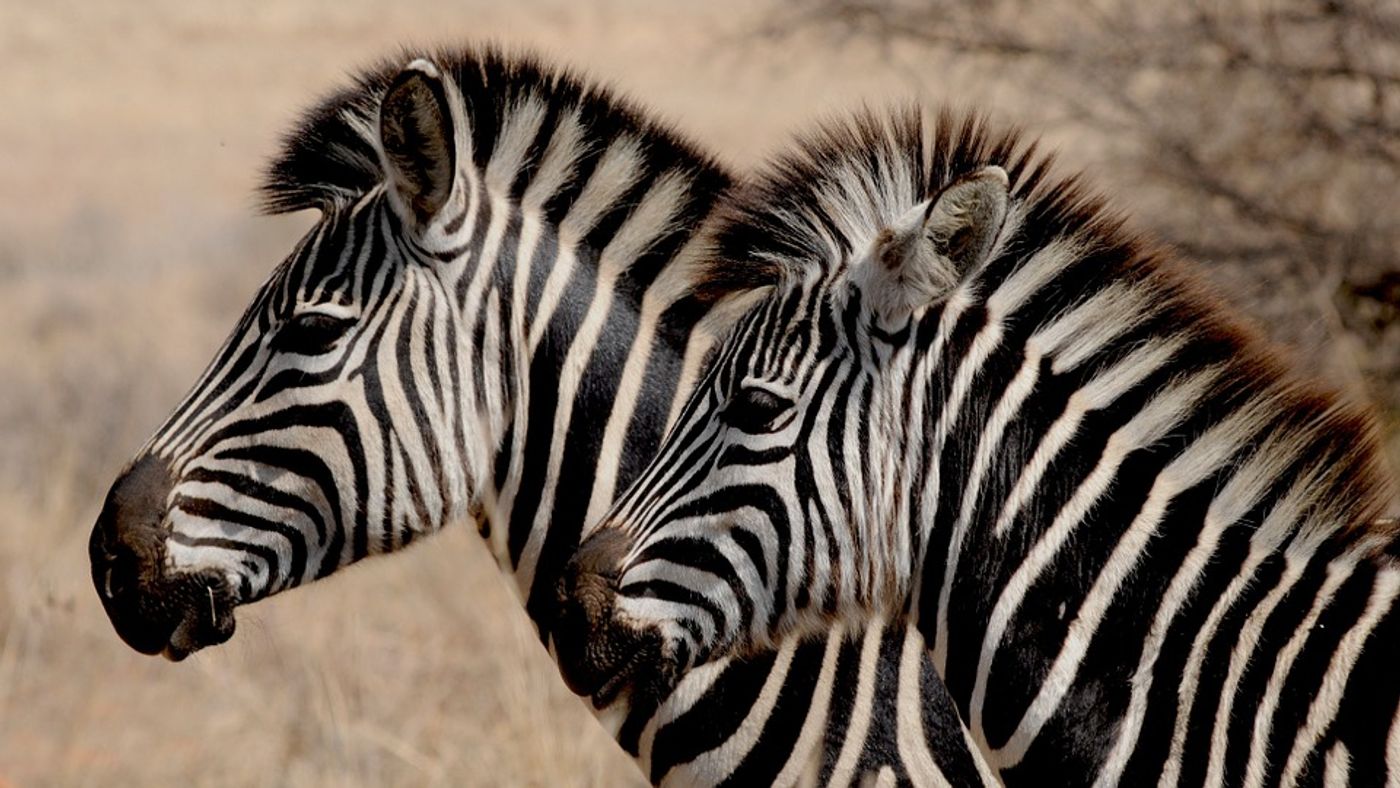Why Do Zebras Have Stripes?
Researchers have long wondered why zebras sport such eye-jarring black and white stripes, especially since most large mammals in the animal kingdom exhibit solid fur color schemes with minimal deviation around certain parts of the body, but are we any closer to solving this longstanding zebra-centric mystery?
Image Credit: Pixabay
There’s been a lot of controversy in the scientific community over the years concerning the function of zebra stripes, with some of the most prominent theories denoting camouflage, heat regulation, and social mechanisms. On the other hand, a study published just this week in the journal PLOS ONE supports an idea introduced in 2014 by scientists from the University of California, Davis: that these conspicuous fur patterns keep blood-sucking pests, such as horse flies, at bay.
Using video analysis techniques, the researchers could discern whether a zebra’s dichromatic stripes had any noticeable impact on horse fly interaction. Upon filming the animals for extended periods, they counted the number of times that horse flies stopped to feed, and they later performed the same tests with domestic horses to see if there would be any difference in behavior. Expectedly, horse flies landed on the horses more often than they did on the zebras.
"Horse flies just seem to fly over zebra stripes or bump into them, but this didn't happen with horses," explained study lead author Tim Caro from the University of Bristol. "Consequently, far fewer successful landings were experienced by zebras compared to horses."
Related: Why do giant pandas have black and white fur?
In another phase of their testing, the researchers dressed their domestic horses in zebra-striped cloth coats to simulate the appearance of a zebra. Remarkably, this influenced horse fly interaction with the domestic horses; when dressed up like zebras, fewer horse flies landed on the domestic horses.
The findings virtually eliminated any skepticism that horse flies preferred horses based on other factors such as behavioral or scent-based differences, and instead supported the theory that the stripes alone are responsible for fewer horse fly interactions.
"This reduced ability to land on the zebra's coat may be due to stripes disrupting the visual system of the horse flies during their final moments of approach," said Dr. Martin How, a co-author of the paper. "Stripes may dazzle flies in some way once they are close enough to see them with their low-resolution eyes."
Related: Researchers discovery flourescence in flying squirrels for the first time
The video analyses also showed that the zebras responded more hastily to being bothered by horse flies than horses did, which indicates that they really don’t like being bitten. Given the circumstances, the researchers strongly support the notion that zebras developed their striped trait through evolution to avoid becoming victims of parasitism and prevent the spread of disease.
It should be interesting to see whether future studies will reach the same conclusion as this one, but if anything’s certain, multiple factors have likely contributed to the modern-day zebra’s dichromatic color scheme.
Source: University of Bristol, PLOS ONE, University of California, Davis









